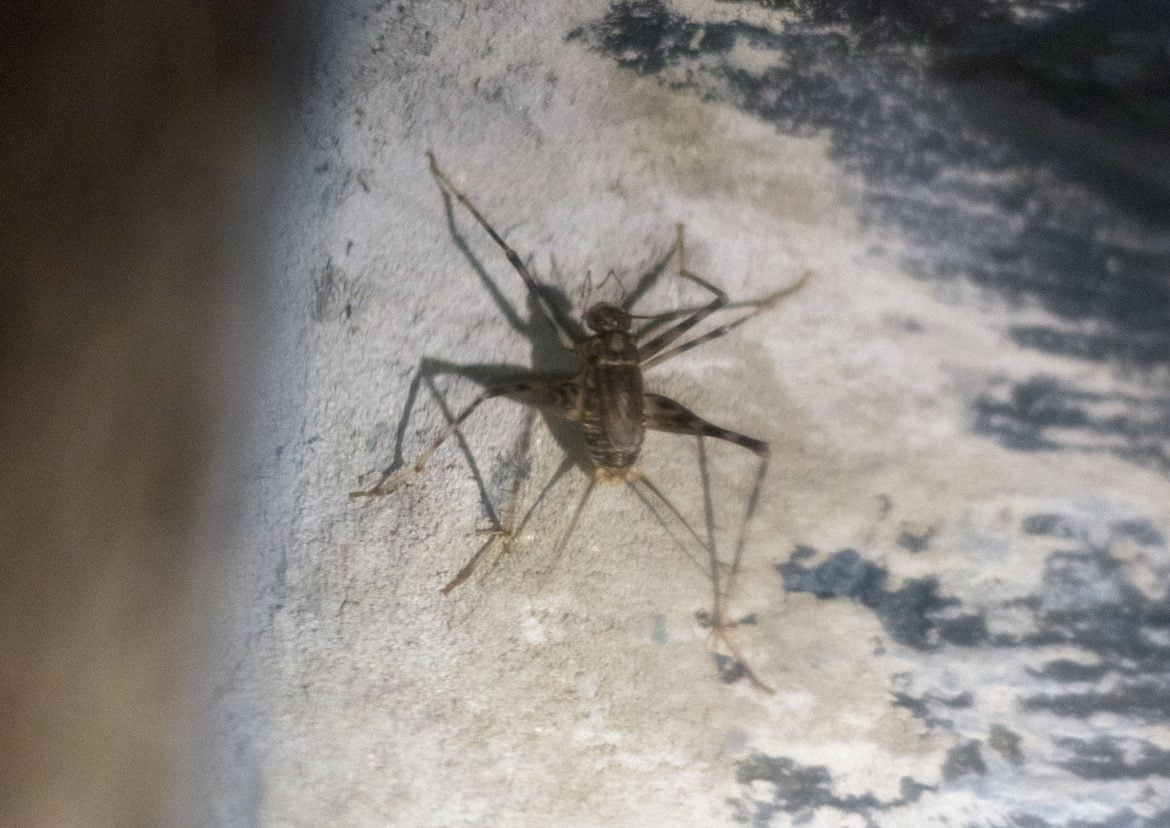
Also commonly known as camel crickets or spider crickets, this species can be found in caves, as well as damp, cool areas underneath damp leaves, stones and rotting logs.Cave crickets are light to dark brown in colour, often spotted with lighter or darker areas. Adults can grow to between 13 to 33 mm.
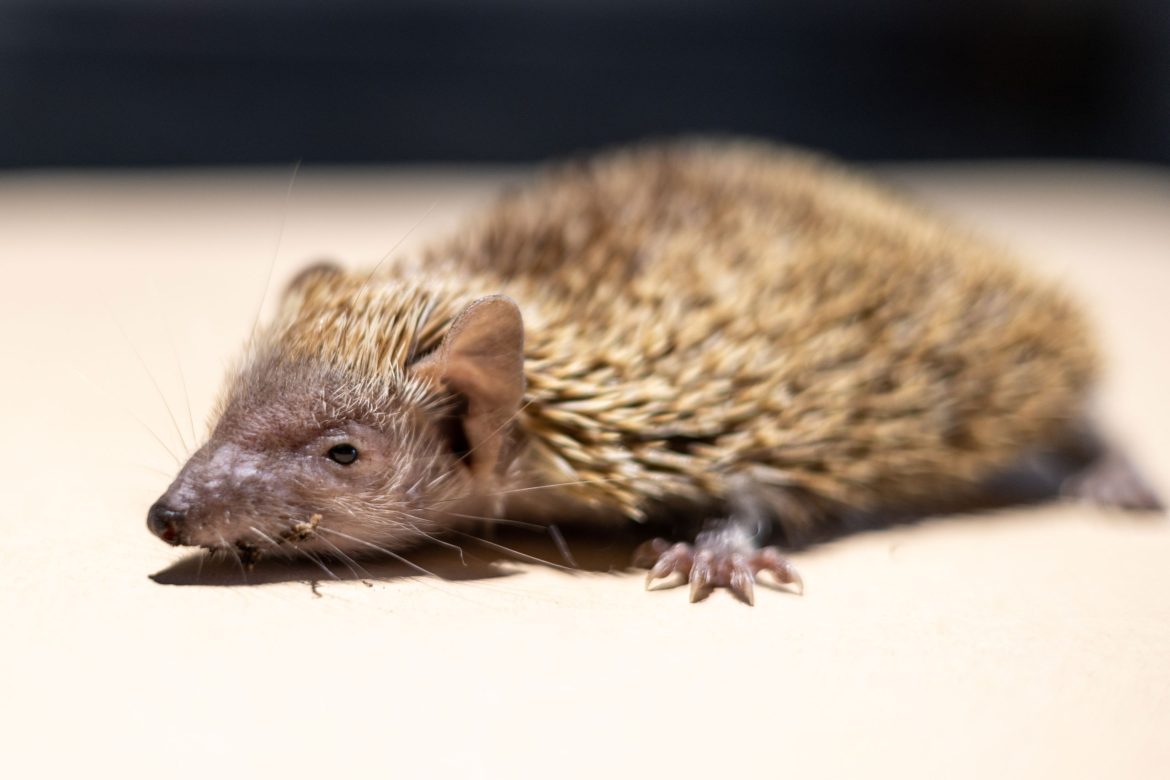
There are 25 species of tenrec which are mostly found on Madagascar, but some are native to mainland Africa. The name lesser hedgehog tenrec is misleading, as tenrecs are not related to hedgehogs. However, like hedgehogs, tenrecs have spines covering much of their bodies.
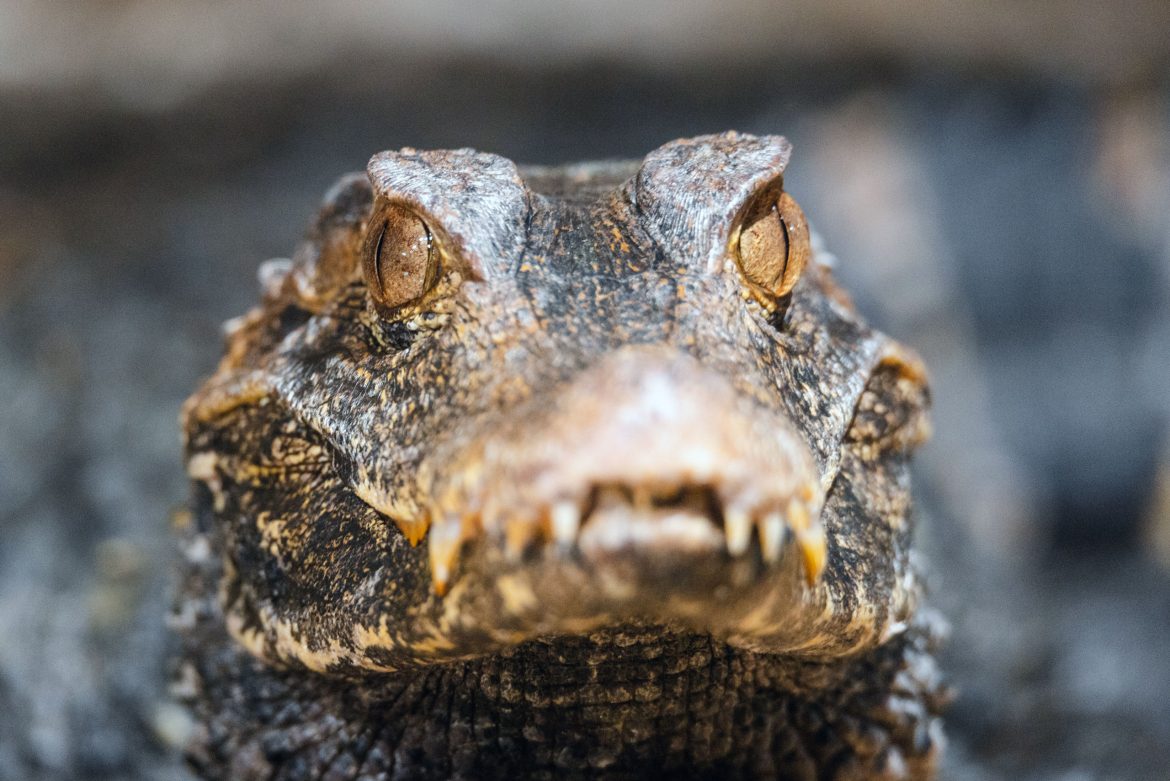
Also known as Cuvier’s smooth-fronted caiman, this crocodilian is solitary and nocturnal. They have short, backward-curved teeth, which help to catch invertebrates and crustaceans. They have a dark brown back and a lighter coloured head, which helps them to camouflage into the surrounding area.
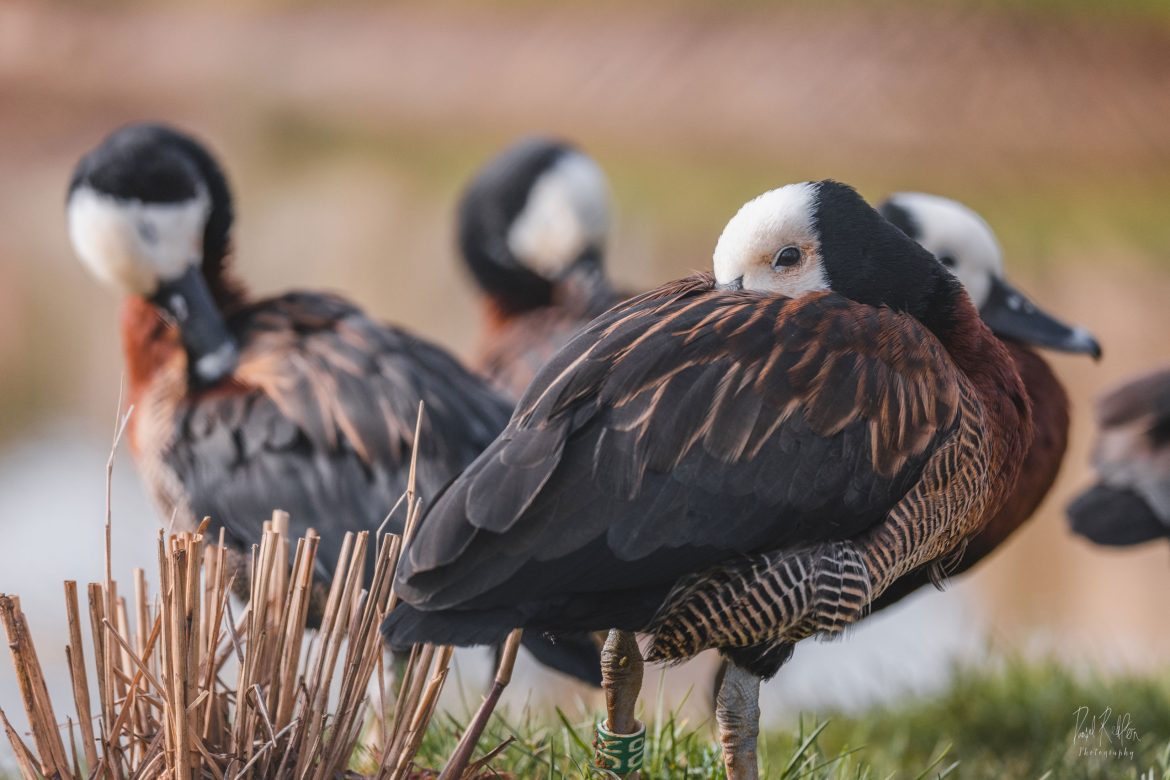
Posted:
6th February 2024
to:
Birds
These long-legged ducks have a distinct white face and neck patch that stands out from its brown and black feathered body. They are social birds and can gather in flocks of several thousand outside of breeding season.
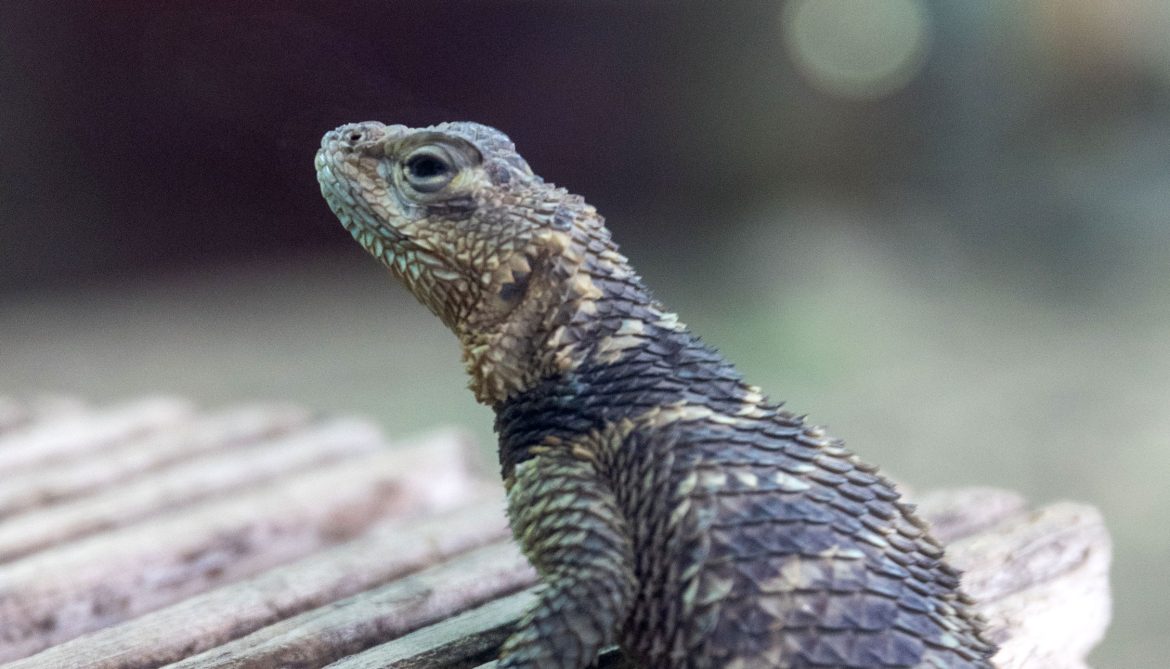
This lizard is grayish-brown with white spots on the head and back and a distinctive white-bordered black collar around the neck. Males have a blue-green sheen to their backs and a blue chin, throat and belly during mating season.Young animals and females lack this colouration. They are good climbers of rocks and trees, but can also often be found on the ground. They are called spiny lizards because of their large, pointed scales. The spines may deter some predators. The tail can break off as an escape mechanism.
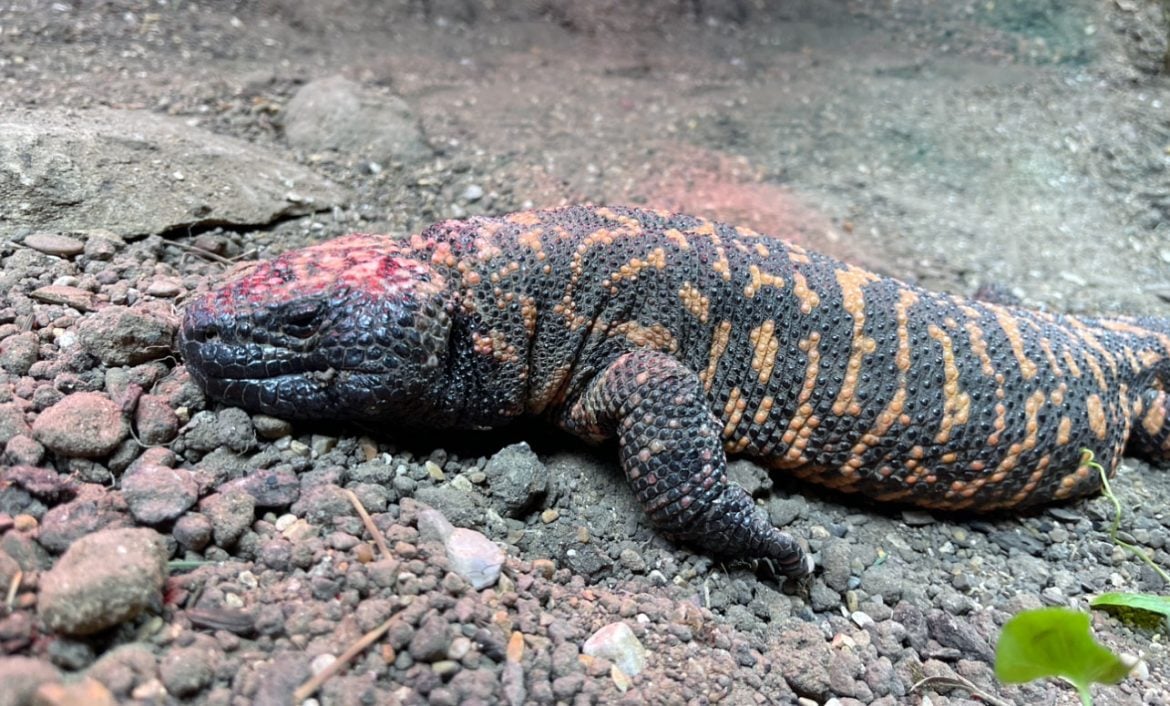
The Gila monster is a heavy, slow-moving venomous lizard. It is the largest extant lizard native to North America north of the Mexican border. The name “Gila” refers to the Gila River Basin in the U.S. states of New Mexico and Arizona, where Gila monsters were once plentiful. The body of these lizards is covered with bumpy looking scales which are called osteoderms; they are black and orange or pink in color and are actually small bones under the scales.
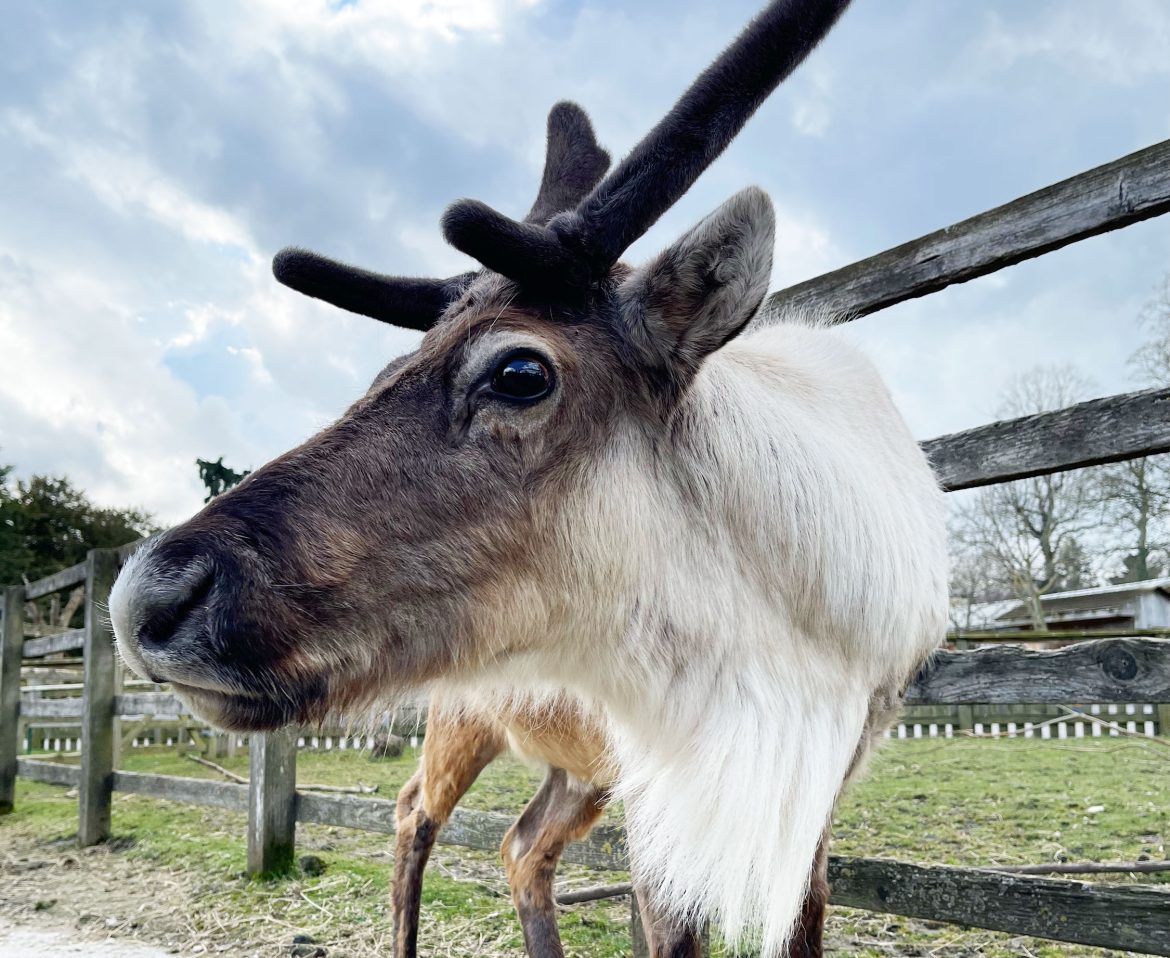
Posted:
11th January 2024
to:
Mammals
They are the only deer species in which both the male and female can grow antlers. In fact, males’ antlers can grow up to a whopping 1.4 metres in length and have as many 44 points, called ‘tines‘. Reindeer spend up to 40% of their lives in snow, and have developed special adaptations to help them survive these conditions.
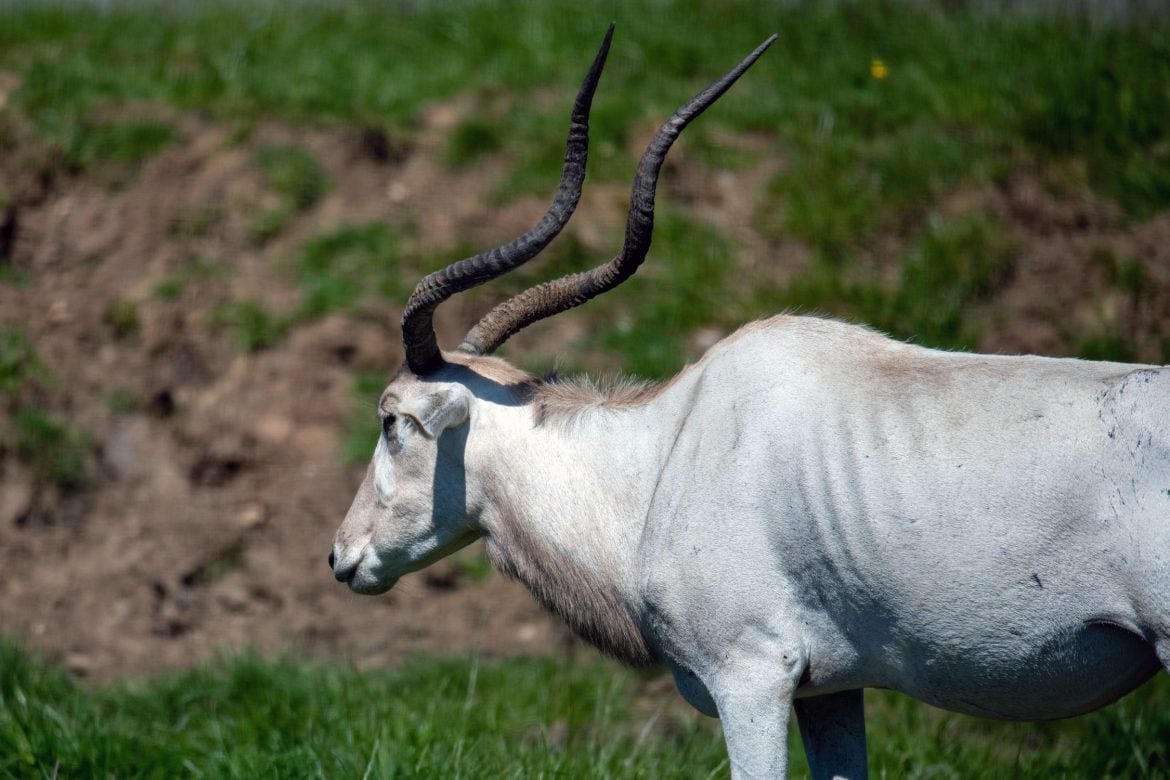
Posted:
11th January 2024
to:
Mammals
Addax are a small stocky antelope, both the males and females have impressive spiralled horns. Their horns have two twists and measure between 80-100cm. Their coat colouration is mainly white during the summer and turns a darker brown during the winter. Addax are ideally suited to living in the dry environment of the Sahara desert.
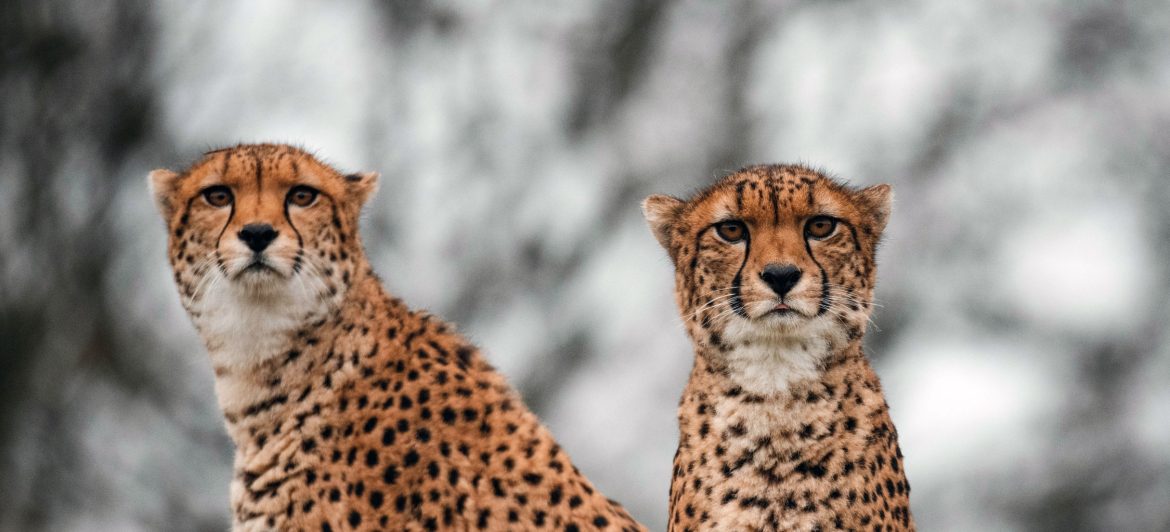
Posted:
11th January 2024
to:
Mammals
Cheetahs are the fastest land mammal reaching a maximum speed of 70 mph within four seconds. This speed can only be maintained for up to 450 metres. They have semi-retractable claws which act as running spikes and at full speed their stride is up to 7 metres.
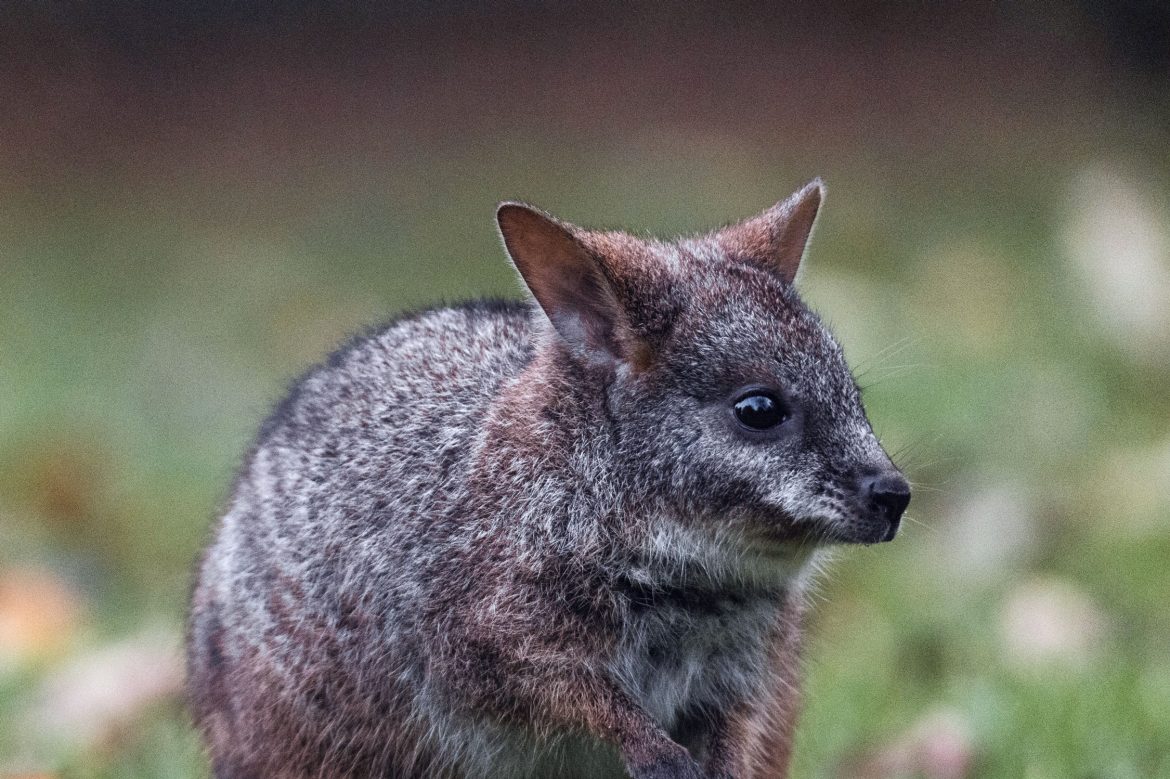
Posted:
11th January 2024
to:
Mammals
The Parma wallaby is grey-brown in colour, with white fur covering the chest and throat.
Both males and females have thin forelimbs. However, the males’ are slightly longer, possibly to aid them when holding the female during mating. The parma wallaby is usually nocturnal, awakening shortly after dusk to forage in groups of 2-3 individuals.
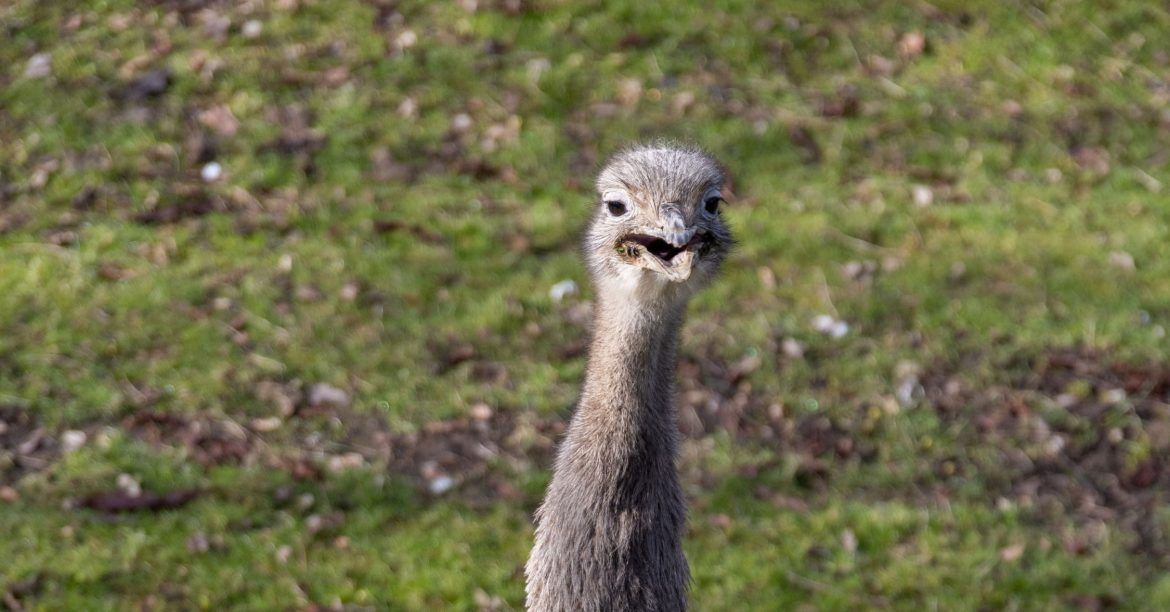
Posted:
11th January 2024
to:
Birds
Darwins rheas are quite sociable, forming mixed groups of 5 to 30 members. During the mating season, however, the males become aggressive and territorial, especially once it is time to incubate the eggs. The females will lay the later eggs near the nest, rather than in it. Most of the eggs are moved into the nest by the male, but some remain outside, where they rot and attract flies which the male, and later the chicks, will eat.
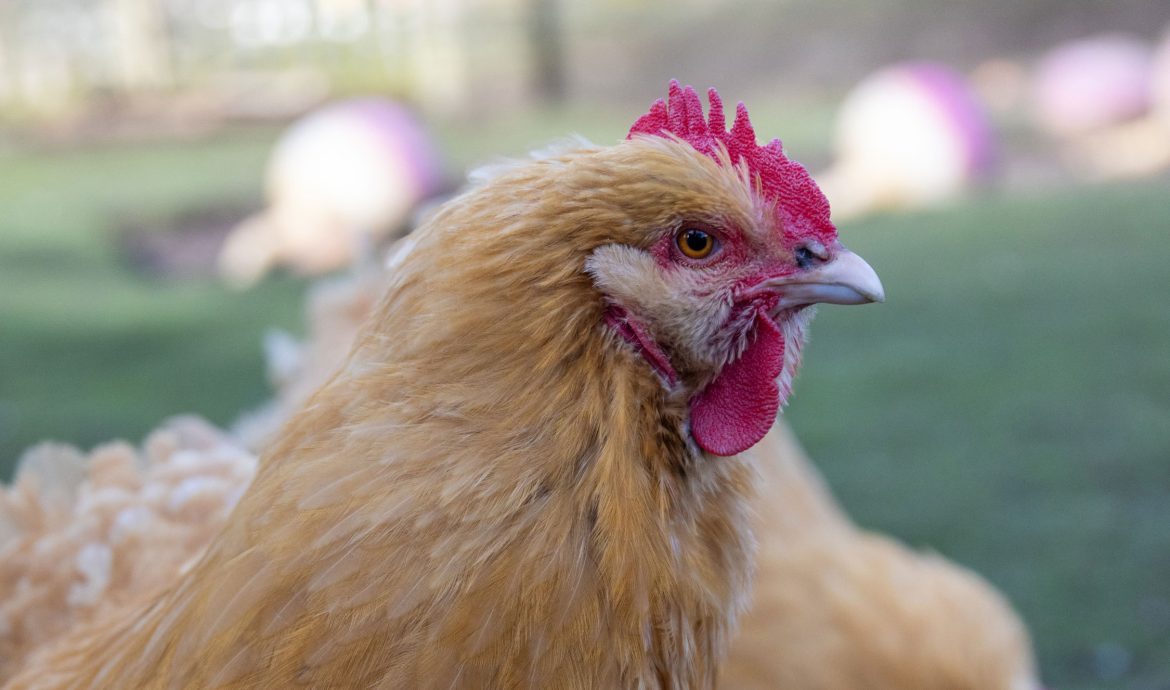
Posted:
11th January 2024
to:
Birds
The buff orpington breed were originally bred to be a dual purpose bird, meaning they were a productive egg layer (on average 180-280 eggs a year) and large enough for adequate meat production. Today they are a very popular breed, largely kept across the world due to their docile nature and pleasing visual appearance.
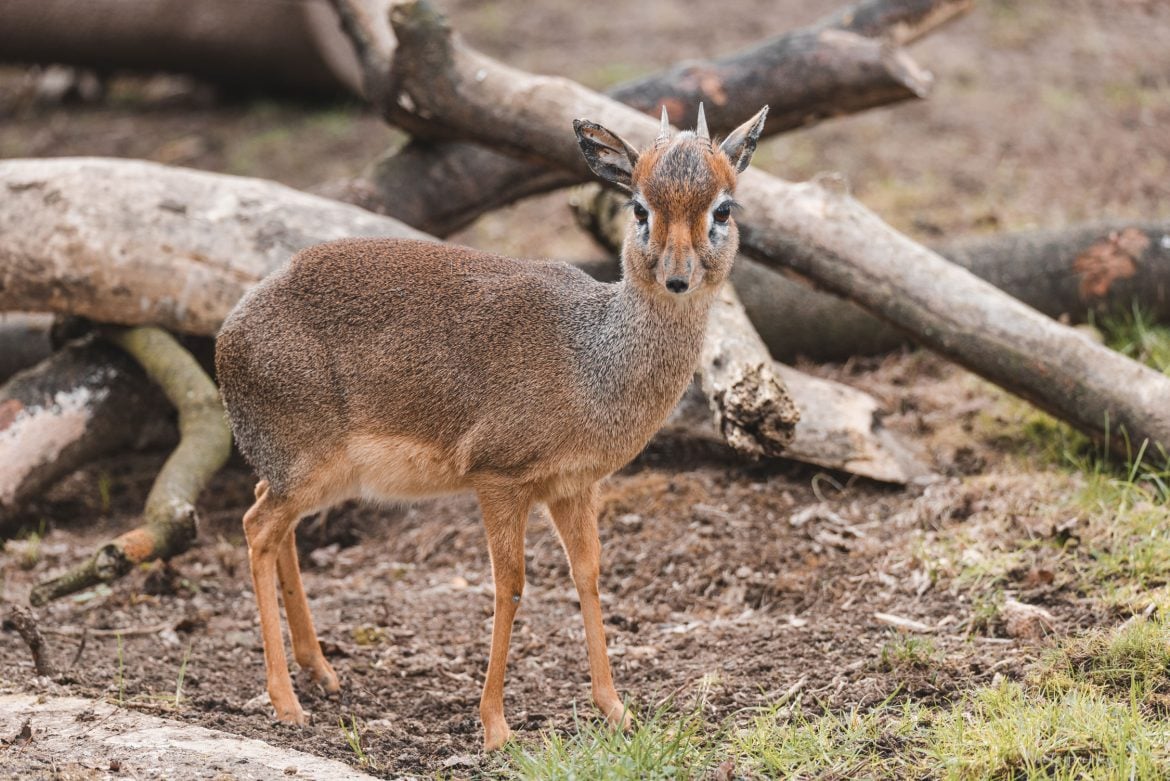
Posted:
11th January 2024
to:
Mammals
Kirk’s dik-diks are tiny antelopes that are typically yellowish-gray to reddish-brown on its back and grayish-white on their belly. Males have small ringed horns, which are often concealed by a tuft of hair on their forehead.
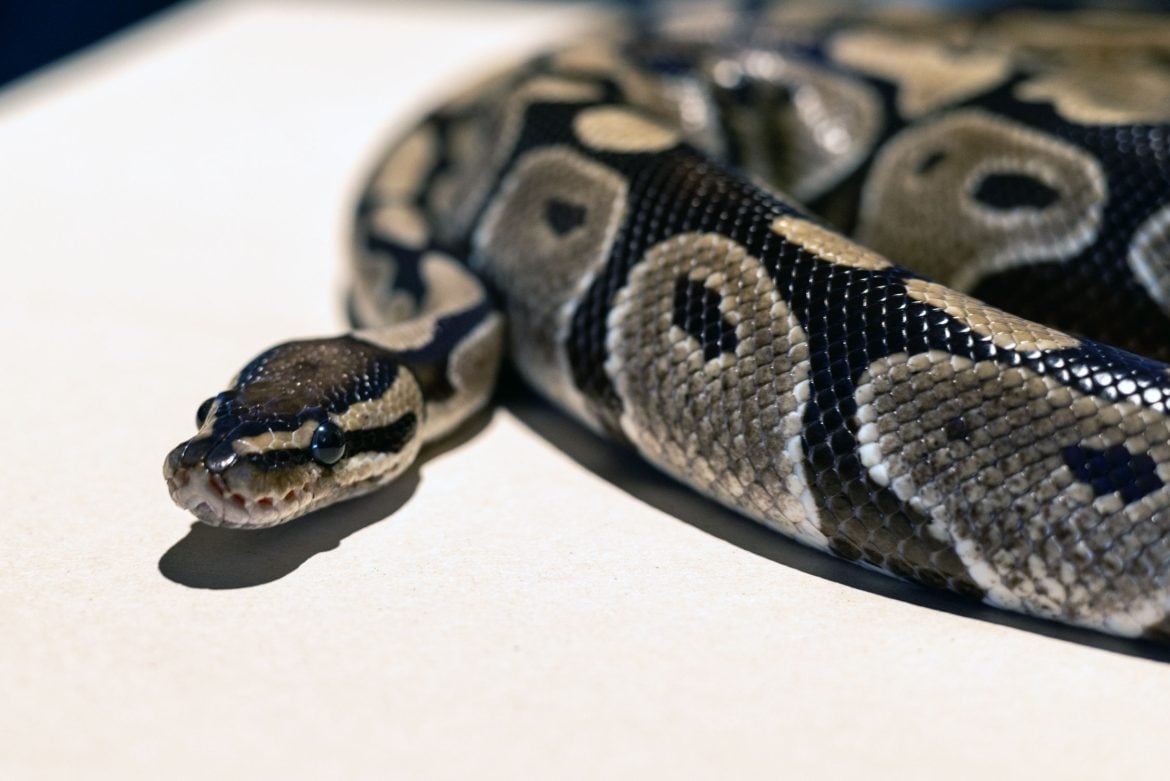
These snakes are called ball pythons in America because of their defensive posture, coiling into a tight ball with their heads protected in the center. The name royal python is believed to be derived from the fact that many African rulers were known to have worn live pythons as jewelry.
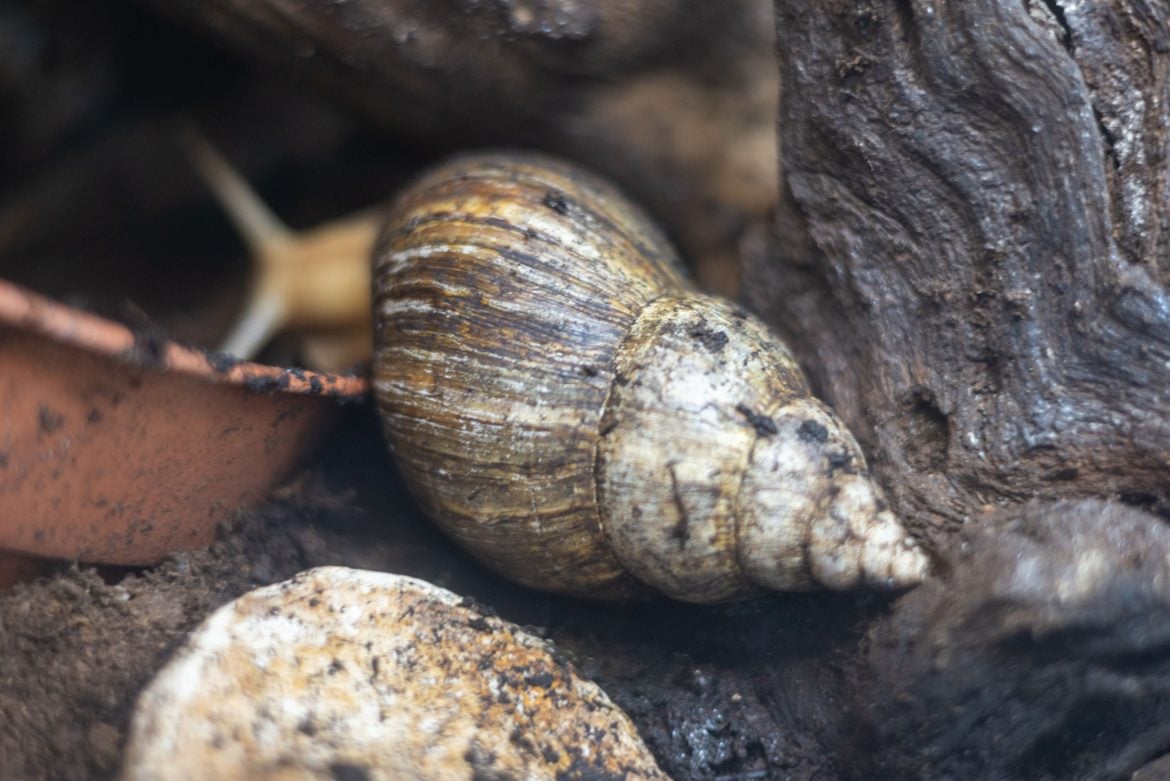
The Giant African Land Snail is one of the largest terrestrial gastropods. They have light to dark brown shells, often with stripes of a different shade of brown on them. They have four tentacles on the face, two long ones hold the eyes and the smaller two are used for smelling. The whole body of the snail is called a foot. They are a hermaphrodite species, because each individual is equipped with both sets of reproductive organs.
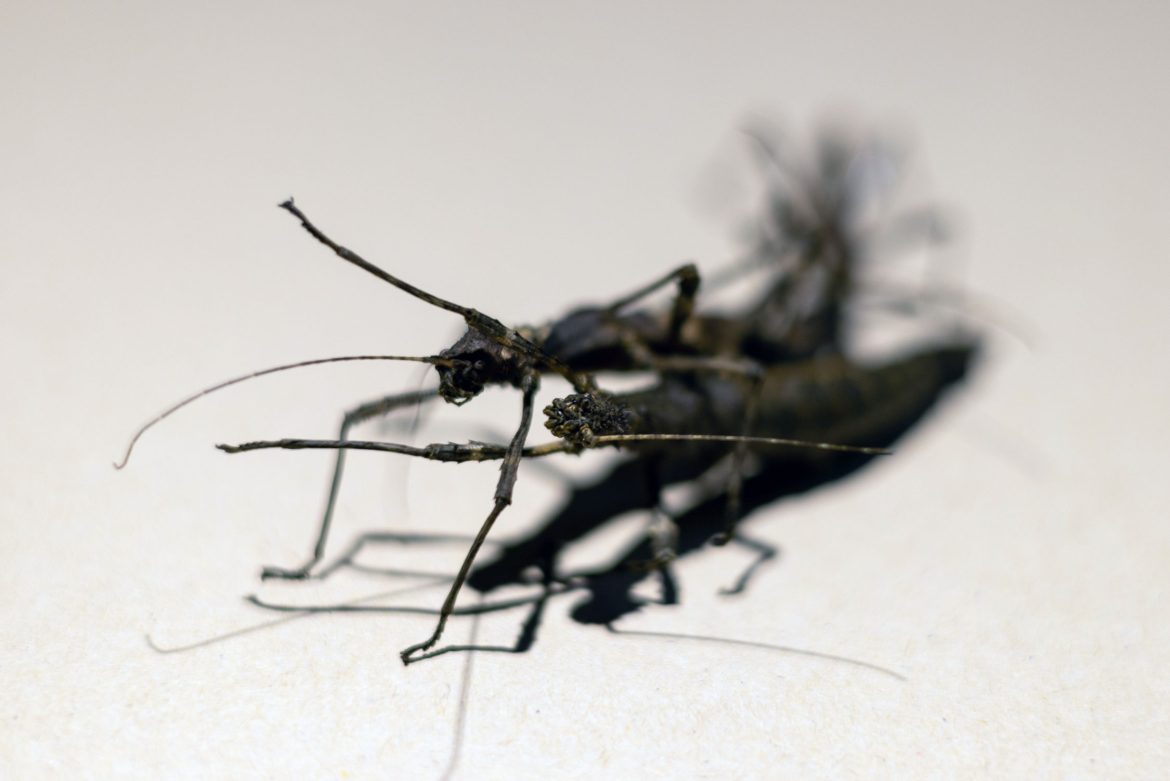
This species is sexually dimorphic, meaning that males and females look different. The females are larger than the males, and tend to have more contrasting colours with areas of dark or light brown and some with white bands on the legs and body, whereas the males tend to be light to medium brown in colour.
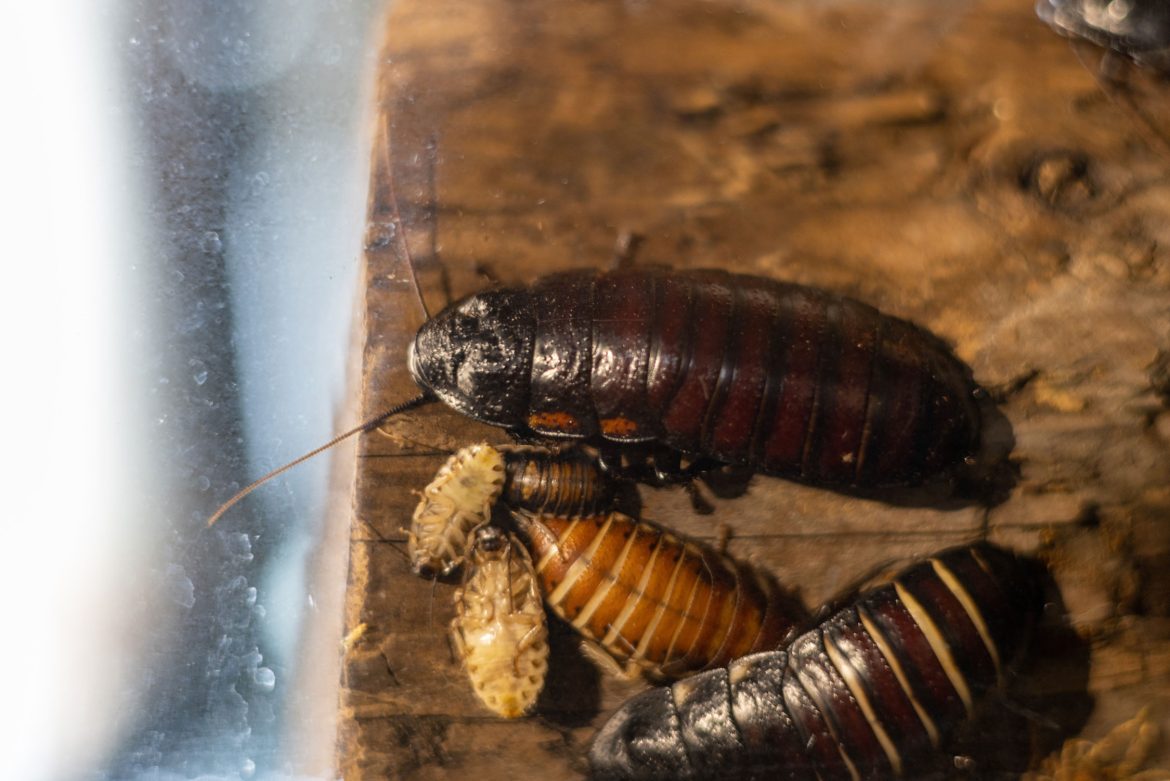
The Madagascar hissing cockroach is brown in color, with a much darker head and legs. The body is flat and oval shaped, and they have very large antennae, but no wings. Males can be distinguished from females by the two large “horns” on the carapace by their head, which are used for fighting other males.
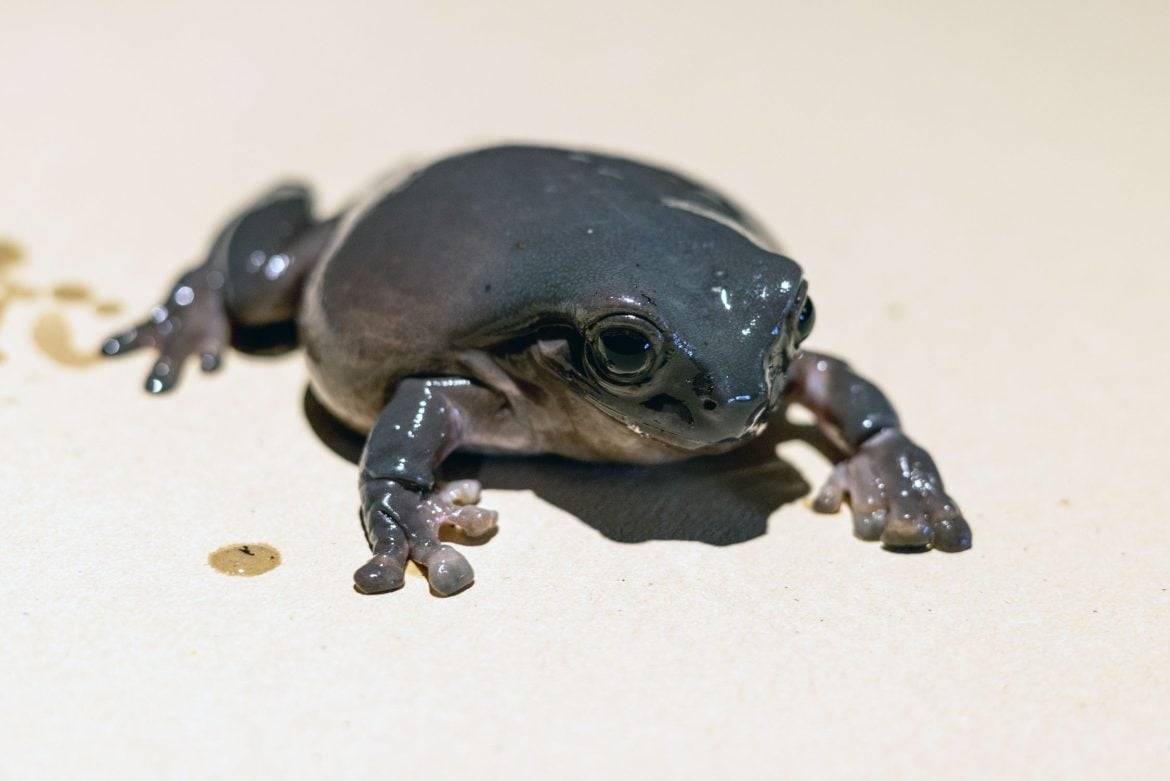
White’s Tree Frogs can range in color from bright green, light minty blue to brown. The color varies from individual to individual, but they can also slightly alter their hue depending on activity level, temperature and environment.
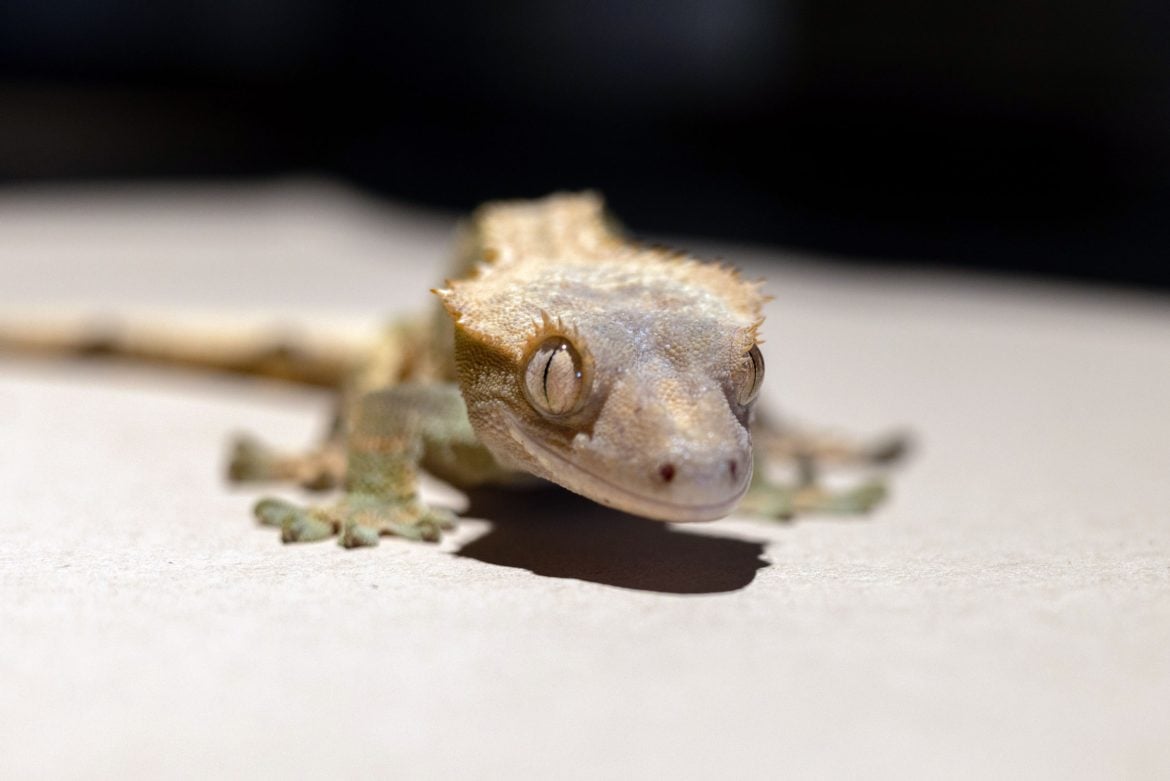
Crested geckos are among the largest gecko species. Among the most distinctive features of these geckos are the hair-like projections found above the eyes, which greatly resemble eyelashes. Crested geckos also have two rows of small spines that run from the sides of their wedge-shaped head to the base of their tail. The toes have small claws which aid in climbing surfaces to which their toes cannot cling.
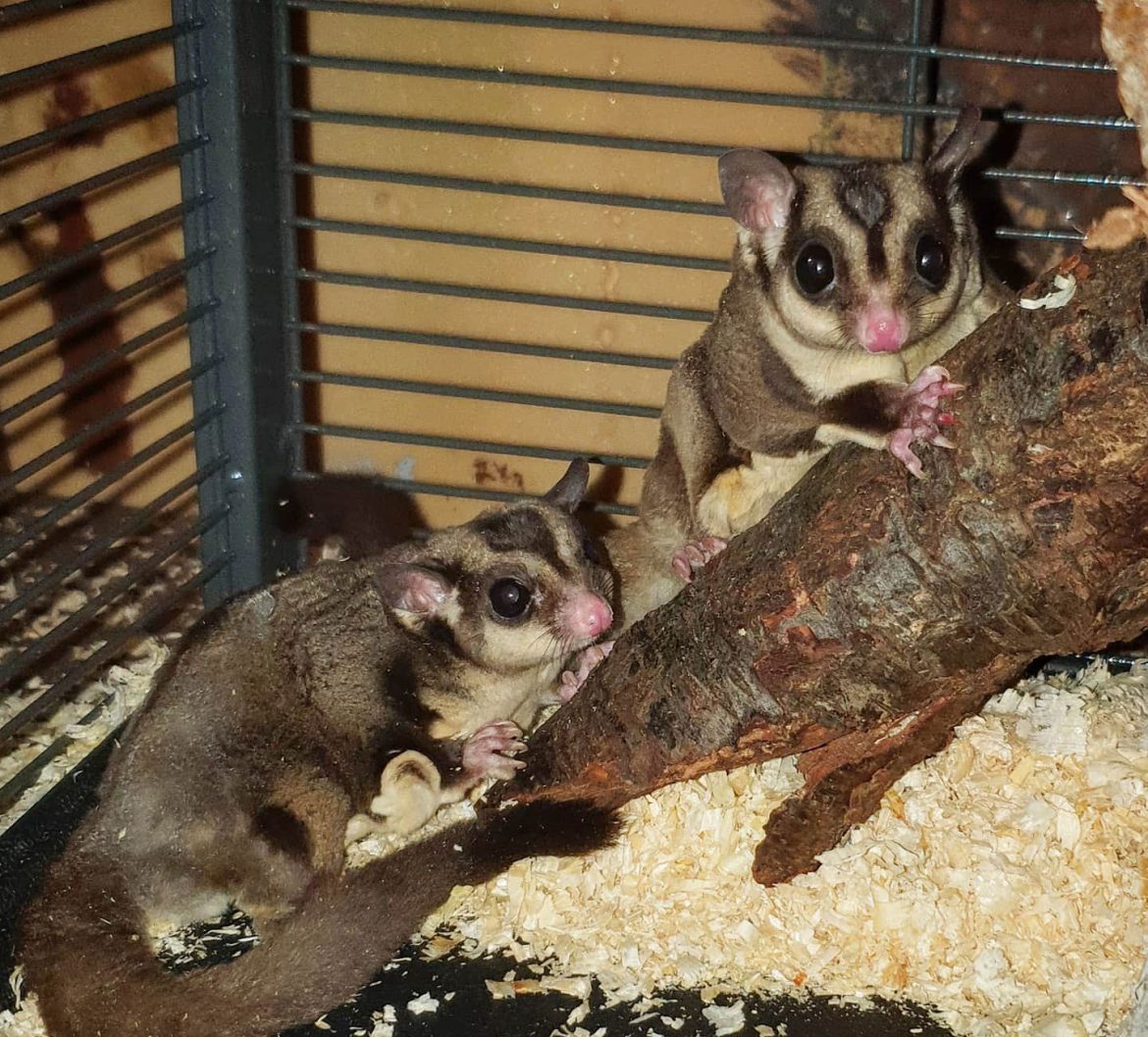
Posted:
4th January 2024
to:
Mammals
Sugar gliders are palm-size possums that can glide half the length of a soccer pitch in one trip. Their “wings” are made from a thin skin stretched between the fifth forefinger and back ankle, and they use their bushy tails as rudders as they soar through the air.




















